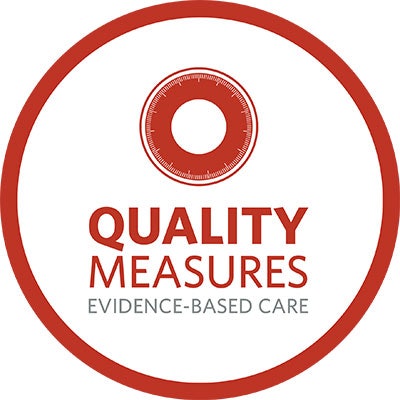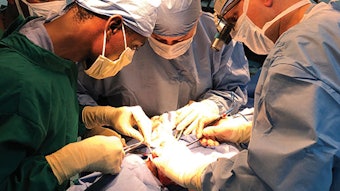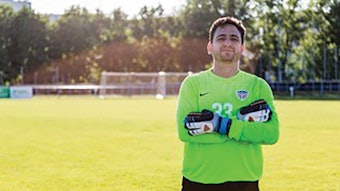Neurotology quality measures coming to Reg-ent℠ in 2019
The AAO-HNSF and the American Association of Neurology (AAN) partnered to develop quality measures from the updated AAO-HNSF Clinical Practice Guideline: “Benign Paroxysmal Positional Vertigo (BPPV).”
The AAO-HNSF and the American Association of Neurology (AAN) partnered to develop quality measures from the updated AAO-HNSF Clinical Practice Guideline: “Benign Paroxysmal Positional Vertigo (BPPV).” Five new measures have been created for patients experiencing neurotology conditions that cause dizziness and balance problems. These measures address numerous conditions with a focus on vertigo NOS, BPPV, Meniere’s disease, vestibular migraine, and unilateral hypofunction (UVH).

As with all quality measures, these are intended to assist clinicians in improving the quality of care they provide to their patients. Four of the measures are process measures (what a clinician does to improve or maintain health), and one is a patient reported outcome measure (PROM), measuring how a patient feels they are doing using a validated tool. It is important to note that the Quality of Life (QoL) measure is the first QoL measure specific to those with neurotology conditions. PROMs allow clinicians to determine how they are addressing what is important to the patient. The following measures will be available in Reg-ent in 2019:
- QoL for patients with neurotology disorders
- Vestibular rehabilitation for unilateral or bilateral vestibular hypofunction
- Dix-Hallpike Maneuver performed for patients with BPPV
- Canalith Repositioning Procedure performed for patients with Posterior Canal BPPV
- Standard BPPV management
The measures were published in the October issue of Otolaryngology–Head and Neck Surgery and appeared online in Neurology on September 1.
For questions regarding these new measures, or measure development, email measures@entnet.org.












